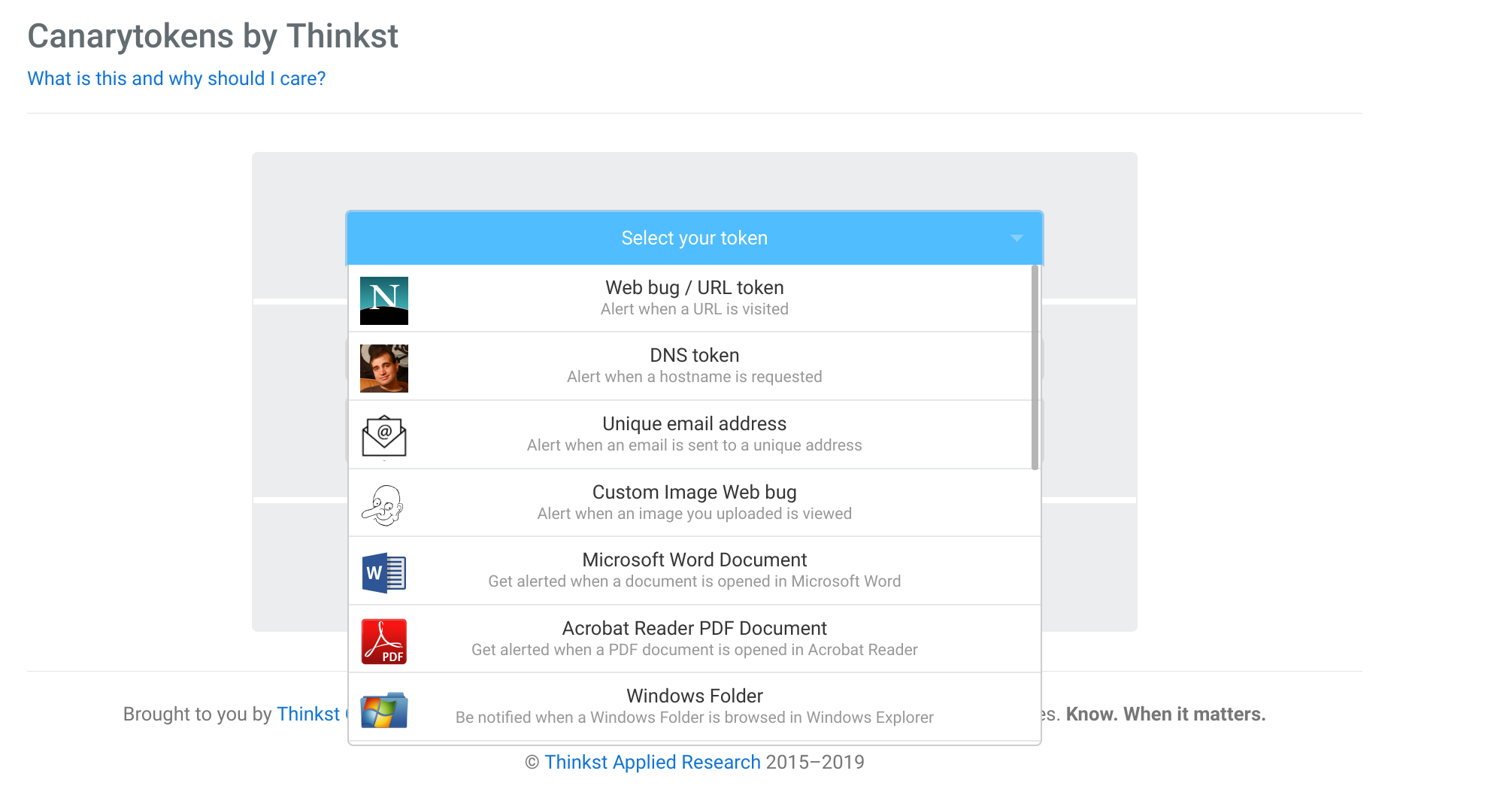TL;DR: Discover essential travel safety tips, from researching your destination's culture and customs to securing transportation and protecting your valuables, for a worry-free and enjoyable journey.
Prepare for your journey by researching your destination's culture, customs, and current events. As a result, you will be able to understand better potential safety concerns and the appropriate behaviour and attire to avoid attracting unwanted attention.
Make digital copies of your passport, visa, and other important travel documents. Put them in a secure, password-protected cloud storage account or encrypted device. Physical copies should be kept in a concealed money belt or neck pouch.
Ensure your transportation is secure and reputable: Avoid using unregistered taxis or ride-sharing services. Take public transportation or hire a reputable taxi or car service. Ensure you are familiar with the route and know how much the fare should be.
Stay in touch: Share your travel itinerary with family or friends and details about your accommodations and daily schedule. Stay in touch with them regularly to keep them informed of your whereabouts. In an emergency, carry a fully charged phone with a local SIM card or a roaming plan.
Stay alert and trust your instincts. Always be aware of your surroundings, especially in crowded or unfamiliar areas. If something feels wrong, remove yourself from the situation.
Keep valuable items, such as jewelry and electronics, hidden to avoid attracting unwanted attention. Store your belongings in a slash-proof and lockable bag when you are on the go.
Travel insurance covers emergency medical expenses, trip cancellations, and lost or stolen items. As a result, you will have peace of mind and financial protection in unforeseen circumstances.
Take advantage of hotel safety features like in-room safes, deadbolts, and peepholes. Do not open your door to strangers, and always lock it. Ask the hotel staff about safe areas to visit and any areas to avoid.
Use public Wi-Fi with caution. Avoid using public Wi-Fi for sensitive tasks such as online banking or accessing personal information. To ensure the security of your connection, you should use a VPN (Virtual Private Network).
Prepare for emergencies by familiarizing yourself with local emergency numbers and the location of the nearest embassy or consulate. You should carry a basic first aid kit and any necessary medications. Know your evacuation routes in emergencies, such as natural disasters or political unrest.
Keywords : Journey preparation, Destination research, Cultural customs, Travel safety, Digital copies, Secure transportation





